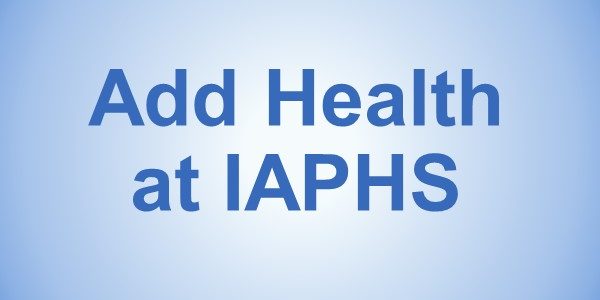A study using Add Health data suggests that “deaths of despair” are rising among Americans entering midlife across many demographics, contrasting with previous research which argues the recent increase in these types of deaths are due to non-Hispanic white Americans.
Add Health Wave V data collection was conducted from 2016-2018 to collect social, environmental, behavioral, and biological data from cohort members. With respondents now in their 30s to early 40s, the nationally representative data from Wave V provided the opportunity for researchers to examine despair in adults entering midlife. Author Lauren Gaydosh explained in a Vanderbilt University article, “What we wanted to do in this paper was to examine whether the factors that may be predictive of those causes of death—substance use, suicidal ideation and depression— are isolated to that particular population subgroup, or whether it’s a more generalized phenomenon.”
Results from the study show that despair is generalizable across cohort demographics and is not isolated among low educated, non-Hispanic whites. you can read more about the results and Dr. Gaydosh in this article.
The study, published in the American Journal of Public Health, is also available online.
Study Authors:
Lauren Gaydosh – Vanderbilt University
Kathleen Mullan Harris, Robert A. Hummer, Taylor W. Hargrove, Carolyn T. Halpern, Jon M. Hussey, Eric A. Whitsel, & Nancy Dole – University of North Carolina at Chapel Hill




